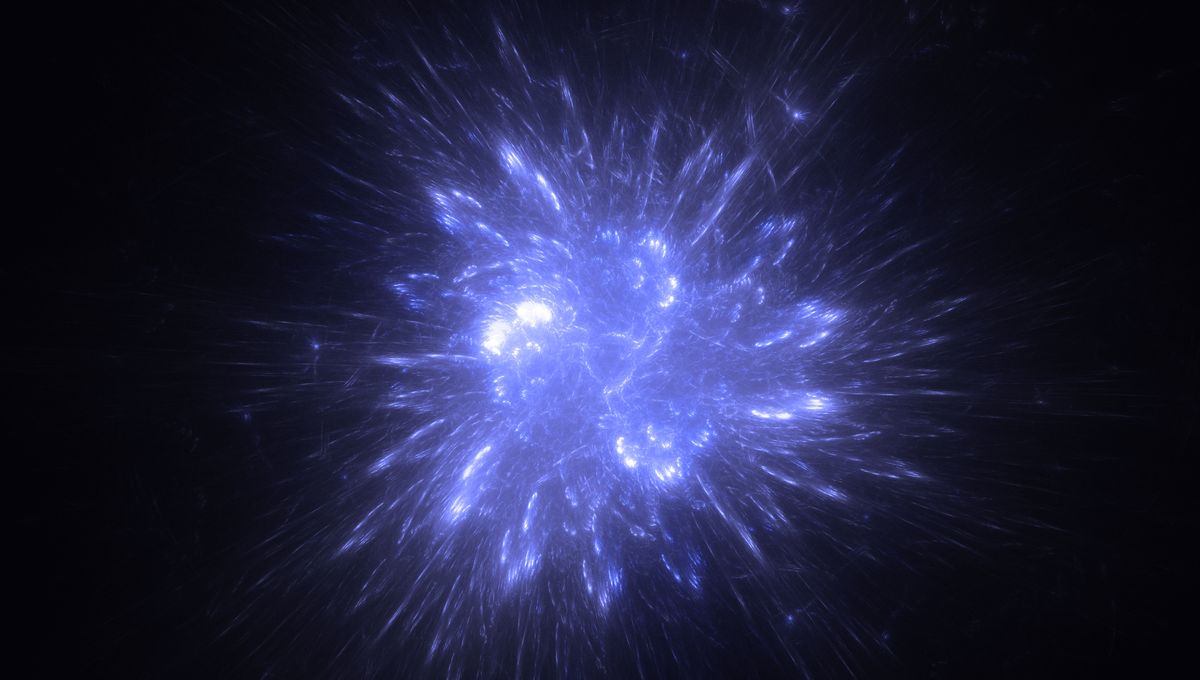
Nuclear fusion ignition was achieved for the first time at the Lawrence Livermore National Laboratory’s National Ignition Facility (NIF) this month. This historic first shows that we can create controlled fusion in the lab that releases more energy than we put in. And while the road to a commercial fusion power plant is long, this is a huge milestone. As some people have described it, we’ve got the physics down now it’s just an engineering problem.
That we have the physics down is mostly correct but there is still room for refinement and the engineering part is certainly the crucial hurdle. The event achieved Q = 1.54. Getting the exact amount of energy out that you put in is Q = 1, so they got 54 percent more. Several commentators said online that a realistic target for a commercial reactor would be something closer to Q = 10.
How Does Fusion Work In Stars?
Nuclear fusion is what powers the Sun and all the stars in the Universe. Under the enormous pressure and heat inside stars, lighter nuclei are pushed together, overcoming their electromagnetic repulsion, and merged into a heavier nucleus. This process releases a lot of energy simply because the energy-mass relation of the original elements is greater than the products. The difference is the energy that is released.
So, for example, the Sun converts about 600 million tons of hydrogen into 596 million tons of helium every second. Hydrogen is the easiest element to fuse, having just one proton in its nucleus. As the elements get heavier with more and more of these positively charged particles, you get less and less energy out. You can’t fuse anything heavier than iron and expect to get energy out.
Fusion in the lab works on the same principles but with a few important differences. First of all, we are not building a whole Sun. The amount of hydrogen fused is comparatively tiny and it requires much higher temperatures, given that the pressure in these reactors is categorically different from those at the center of stars.
How Is Fusion Achieved In The Lab?
Scientists have come up with different reactor designs to do the same thing: pushing hydrogen atoms together. Although not the regular hydrogen made of just one proton in its nucleus. They often use two isotopes of hydrogen that have extra neutrons in the nucleus: deuterium has one neutron and tritium has two. Lithium is also another possible element used in some designs.
Whatever the elements, the goal of the fusion reaction is to liberate energy and high-speed neutrons. The latter are key for extracting energy. These particles will hit the containment walls, heating them up. That heat can then be used to heat up a fluid that is then used to move turbines.
The leading designs (but there are many different ones) use inertial confinement (ICF) by laser which has just shown its success at the NIF, the tokamak, and the stellarator. The NIF design sees a heavy hydrogen pellet placed in a tiny cylinder. This container is shot with the largest laser in the world and vaporized in an instant. As it turns into plasma it shoots inwards, where it encounters the hydrogen (or other nuclear fuel) with such force that the fuel is compressed and fuses.
The tokamak and stellarator approach instead confine hydrogen plasma within a magnetic field and it is heated to incredible temperatures, much hotter than the center of the Sun. So far, these approaches have not reached ignition so the energy produced in the plasma is not enough to keep the plasma hot. A full-scale tokamak reactor called ITER is currently being built in the south of France which should hopefully demonstrate this.
We actually discuss the enormous potential of ITER and the technical challenges to making it work in our podcast, The Big Questions:
Is It Clean And Safe?
One of the major claims of nuclear fusion is that it is safe and clean. And in large part, this is true. A fully operational nuclear fusion power plant would not risk a nuclear meltdown. If something goes wrong, the plasma cools down and stops being plasma. It also doesn’t emit carbon dioxide. It does produce nuclear waste, simply because the neutrons emitted makes the material that absorbs them radioactive. But the quantity of this material is tiny compared to high-level nuclear waste produced in nuclear fission power plants.
The fuels used tend to be in ample supply in nature but it also depends on how they are extracted from the environment. There are also concerns about how fusion power technology could be used for military purposes as nuclear fusion can produce tritium, used in hydrogen bombs, or more quickly and efficiently produce weapons-grade plutonium or uranium. So as technology goes, it has the potential to be clean and safe, but it ultimately depends on how we approach it.
Nuclear fusion research has achieved some important milestones in these last few years, and it seems that the old joke that nuclear fusion is always a couple of decades away might soon turn out to be true.
Source Link: How Nuclear Fusion Can Change The World